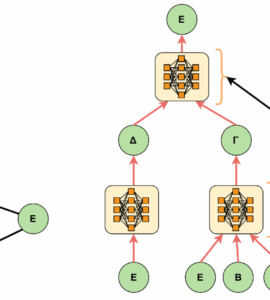
Trends For Publish-Secondary Education Possibilities
 Posted On
Posted On
To keep greater education possibilities, particular for low- and middle-earnings students, elevated sources should be distributed around students through educational funding programs to satisfy the greater tuitions. Suggested alterations in federal support for educational funding programs will raise the financial burdens on low and middle-earnings students and can exacerbate the growing problem of insufficient use of publish-secondary educational possibilities.
These trends-declining per-student appropriations, rising tuition, and development in the populace of school age persons-have disturbing implications for that states. Simultaneously, the Black population like a number of the school-age human population is rising quickly. Senior high school dropout minute rates are appalling. The Black students who’re disproportionately poor and occasional-earnings, face significant financial barriers to attendance-another pressure for elevated spending, not reduced. Once enrolled, these students are more inclined to give up for a multitude of reasons, including financial reasons.
The political economy from the greater education system suggests ever rising costs of operation-cost creep, possibly even galloping cost creep. However the political economy of condition and national governments suggests static or falling public spending for greater education. Thus any listing of “salami-tactic” cuts-close campuses, freeze salaries, or drop departments-could be nonstrategic and pointless. Rather, recommendations must seek structural alternation in the political economy from the greater education system. Reforms are necessary to recast incentives, priorities and accountabilities to spur selfgenerated cost control and quality improvement.
Five Concepts For Much Better Value: Summary Recommendations
Principle 1. Target public subsidies straight to those who are financially needy. Under this proposal, need-based educational funding for low and middle-earnings students could be nearly tripled, thus supplying use of greater education possibilities for additional students.
Principle 2. Use competition like a tool to align institutional self-interest using the public interest. The plan suggested here would place the majority of the condition education funds at the disposal of students and would pressure the greater education institutions to compete by supplying top quality education services that meet the requirements of shoppers. Additionally, efficiency and innovation could be fostered through competition to satisfy performance objectives inside the two systems.
Principle 3. Allow prices of public services to mirror true costs, such as the social costs of person decisions. Tuitions could be permitted to increase to mirror instructional costs. These increases could be offset through the accessibility to elevated condition grants and lifelong learning grants appropriated to any or all students.
Principle 4. Meet more public responsibilities through non-governmental communities by which people curently have relationships with mutual obligation. The suggested system would come with a comprehensive information, education and outreach effort, together with communities which have the trust of low-earnings students and Black students.






